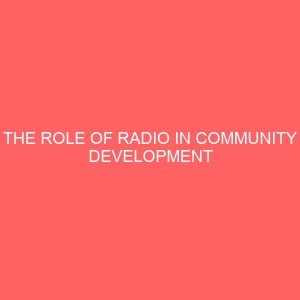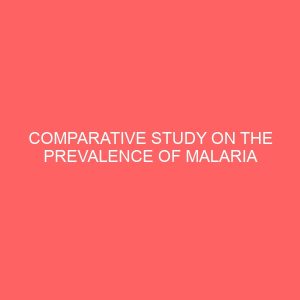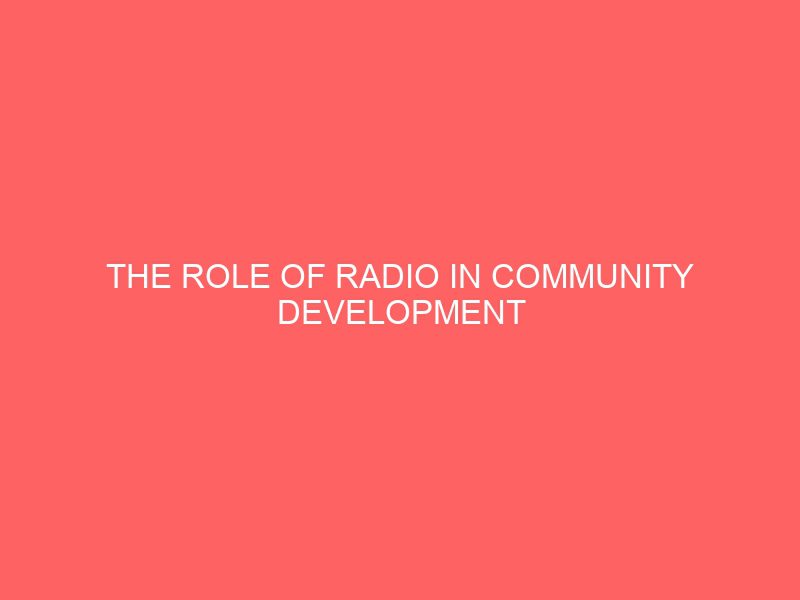Description
Abstract
Radio as a member of the media family is an instrument for information dissemination. World over, the radio is known to be a very powerful tool for development. Onabajo said that In the developed world, radio has been used for developmental purposes and that The radio is the singular medium that is most effective for mass mobilization Onabajo 2001,30. In Nigeria today, we have so many radio stations but most of our rural communities are still under developed. This research therefore, aimed at finding out some other roles which the radio is suppose to play inorder to facilitate the development of our rural communities. AmaOgodo community of Imilike Enu village was studied for this purpose, using the survey research method, and the instrument for data collection was the questionnaire. The findings are as follows: Radio stations should be constructed in our rural communities to bring information nearer to the local people. The local dialect of the rural dwellers should be used mainly in broadcast to alternate the English Language. Innovation communication, to tell the rural dwellers the steps taken by other crities that have attained development, and also to mobilize them to do the same. Since the radio is by no means a small instrument for community development, it is important that the government and other well to do Nigerians should lend a helping hand to the radio stations to help them carry out these roles of their for greater achievement.
TABLE OF CONTENTS
Cover page
Title page i
Approval page ii
Dedication iii
Acknowledgement iv
Table of contents v
Abstract vi
CHAPTER ONE:
Introduction
1.1: Background of the study 1
1.2: Statement of the research problem 3
1.3: Purpose of Study and Objective of the study 5
1.4: Significance of the study 5
1.5: Research question 6
1.6: Research hypotheses 6
1.7: Definitions of terms 7
1.8: Assumption of the study 9
1.9: Limitations of the study 9
CHAPTER TWO
Literature review
2.1: Sources of literature 11
2.2: Review of relevant related literature 11
2.3: Theoretical frame work 25
2.4: Summary of literature reviewed 27
CHAPTER THREE
Methodology
3.1: Research design 29
3.2: Area of study 29
3.3: Population of the study 29
3.4: Research sample and sampling techniques 30
3.5: Instrument for data collection 30
3.6: Validity of the instrument 31
3.7: Method of data collection 32
3.8: Method of data analysis 32
CHAPTER FOUR
Data presentation and analysis of data 34
4.1: Data presentation and Analysis 34
4.2: Test of hypothesis 41
4.3: Discussions of findings 48
CHAPTER FIVE
Summary, conclusion and recommend ation 50
5.1: Summary 50
5.2: Conclusion 51
5.3: Recommendations 53
Bibliography 54
Appendix 56








Reviews
There are no reviews yet.